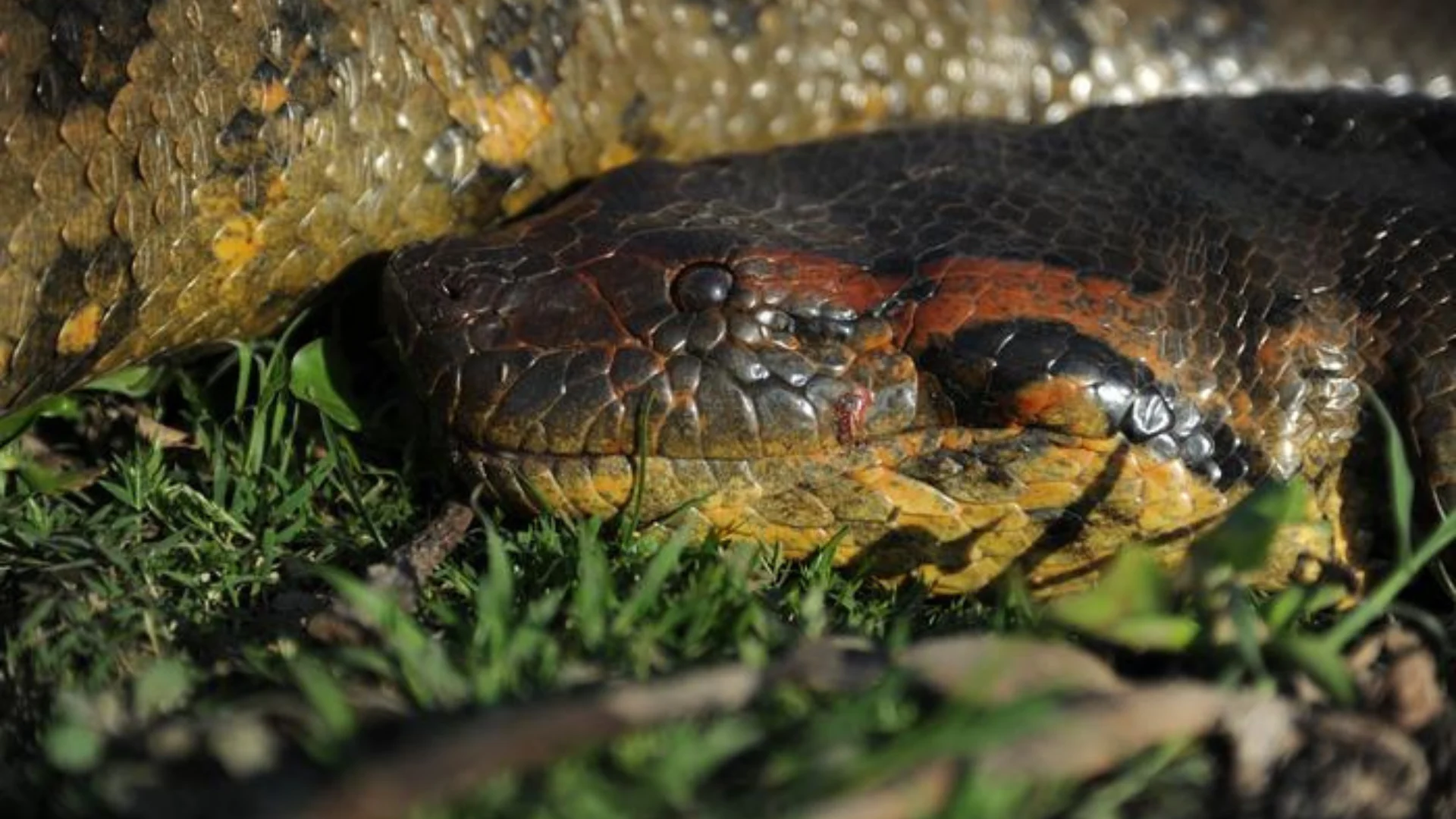
New species of giant (and we mean giant) snake found in Amazon
This formidable snake is in danger
A new species of green anaconda, also known as the giant anaconda, was discovered in the Brazilian Amazon in 2023, researchers recently announced.
It’s rumoured to be among the largest in the world.
One female anaconda encountered during the study was 6.3 meters long, and the team heard of anecdotal reports of specimens measuring 7.5 meters and weighing 500 kilograms in the region.
The research for the new paper about the discovery, led by Professor Bryan Fry from The University of Queensland, was compiled during an expedition that ventured into a remote part of the Ecuadoran Amazonian forest, known as the Bameno region of Baihuaeri Waorani Territory. It’s there that they uncovered the northern green anaconda (Eunectes akayima), now known to be separate from the previously-documented southern green.
“Our team received a rare invitation from the Waorani people to explore the region and collect samples from a population of anacondas, rumored to be the largest in existence,” Professor Fry said in a statement.
“The Indigenous hunters took us into the jungle on a 10-day expedition to search for these snakes, which they consider sacred.”
The groundbreaking find occurred during filming for the upcoming Disney+ series, “Pole to Pole with Will Smith,” in collaboration with National Geographic, where Professor Fry was the scientific leader.
Big snakes
Green anacondas are the world’s heaviest snakes, as recognized by the UK’s Natural History Museum.
The heftiest recorded individual weighed 227 kilograms, was 8.43 meters long, and 1.11 meters wide.
The northern green species was initially thought to be part of the southern green species, but a team of scientists found the green anaconda from the north of South America differs from those found in the more southern regions.
During the expedition, Dutch biologist Dr. Freek Vonk, a co-author of the study, posted footage of himself swimming alongside an 8-metre-long southern green anaconda on Instagram.
In the caption, he said that while the giant snakes from the two species appear identical at first glance, the genetic difference between them is 5.5 per cent.
For perspective, the genetic variation between humans and chimpanzees is thought to be between 5.2 and 6.2 per cent, according to the Smithsonian.
Professor Fry said the northern green anaconda species diverged from the southern green anaconda around 10 million years ago.
While celebrating this scientific milestone, Professor Fry, who called the discovery a “career highlight,” emphasizes the Amazon's pressing environmental challenges, including deforestation, habitat loss, and pollution from industrial activities. Scientists seek to protect the new species from climate change and pollution threats. Although recently discovered, it is already on the verge of extinction.
Header image: Photo of a northern green anaconda (Jesus Rivas)











